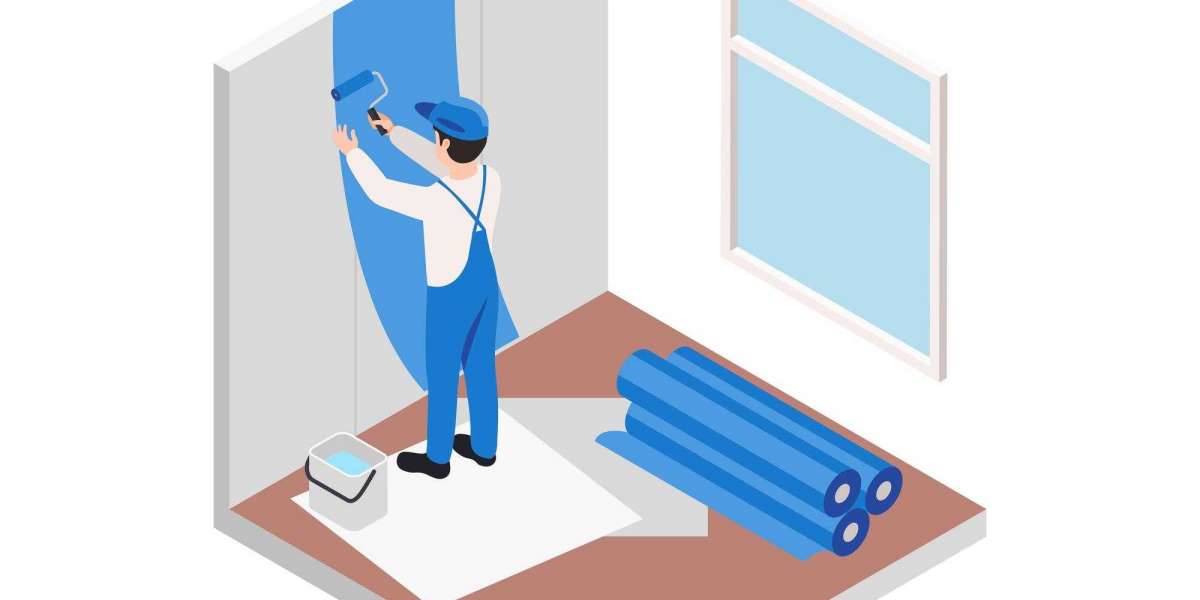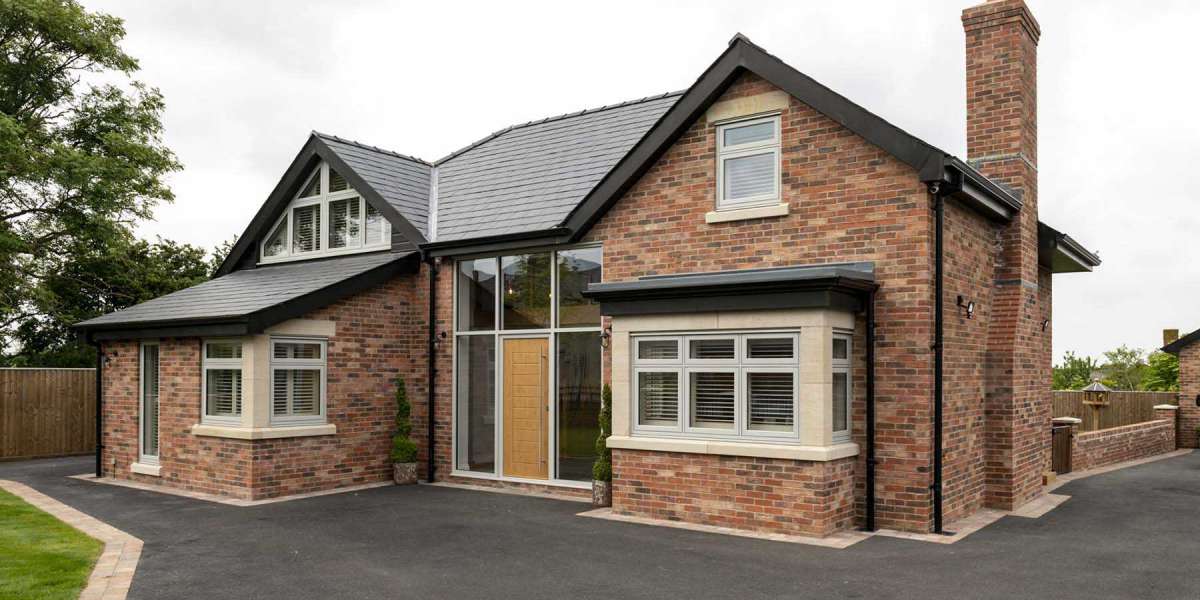A wet basement is more than an inconvenience it can mean serious trouble for your home’s structure, air quality, and even your health. Whether you’ve noticed damp spots, puddles, or a musty smell, it’s time to tackle the issue before it escalates.
This blog walks through the main causes of basement water problems and the smart, long-term ways to fix them.
Why Basements Get Wet
Water in your basement doesn’t just appear out of nowhere. It’s usually a result of one or more of these issues:
Poor drainage: If your yard doesn’t slope away from your home, rainwater collects around the foundation.
Clogged gutters or downspouts: When water can’t drain properly, it ends up seeping into your basement.
Cracks in the foundation or walls: Even tiny cracks can let water in over time.
Hydrostatic pressure: When groundwater builds up around your home, it forces its way through walls and floors.
The Hidden Damage of a Damp Basement
Even a little moisture can lead to major problems:
Mold growth within 24–48 hours
Warped wood and ruined insulation
Electrical hazards
Compromised air quality throughout your home
Ignoring moisture doesn’t just risk your home it risks your health.
Waterproofing: Your Home’s Best Defense
There are two primary types of waterproofing:
Interior waterproofing (for existing moisture problems):
Sump pumps
Vapor barriers
French drains
Exterior waterproofing (for long-term prevention):
Excavation and membrane installation
Drainage boards
Grading and gutter upgrades
Professionals assess your home to find the right solution based on foundation type, local soil, and moisture patterns.
Bonus Tip: Don’t Forget Ventilation
Good airflow helps control humidity. Installing a dehumidifier or vent fan can go a long way in keeping your basement dry.
Choosing the Right Waterproofing Partner
It’s not just about tools it’s about trust. Choose a waterproofing service that:
Offers detailed inspections
Uses high-quality, long-lasting materials
Guarantees their work







